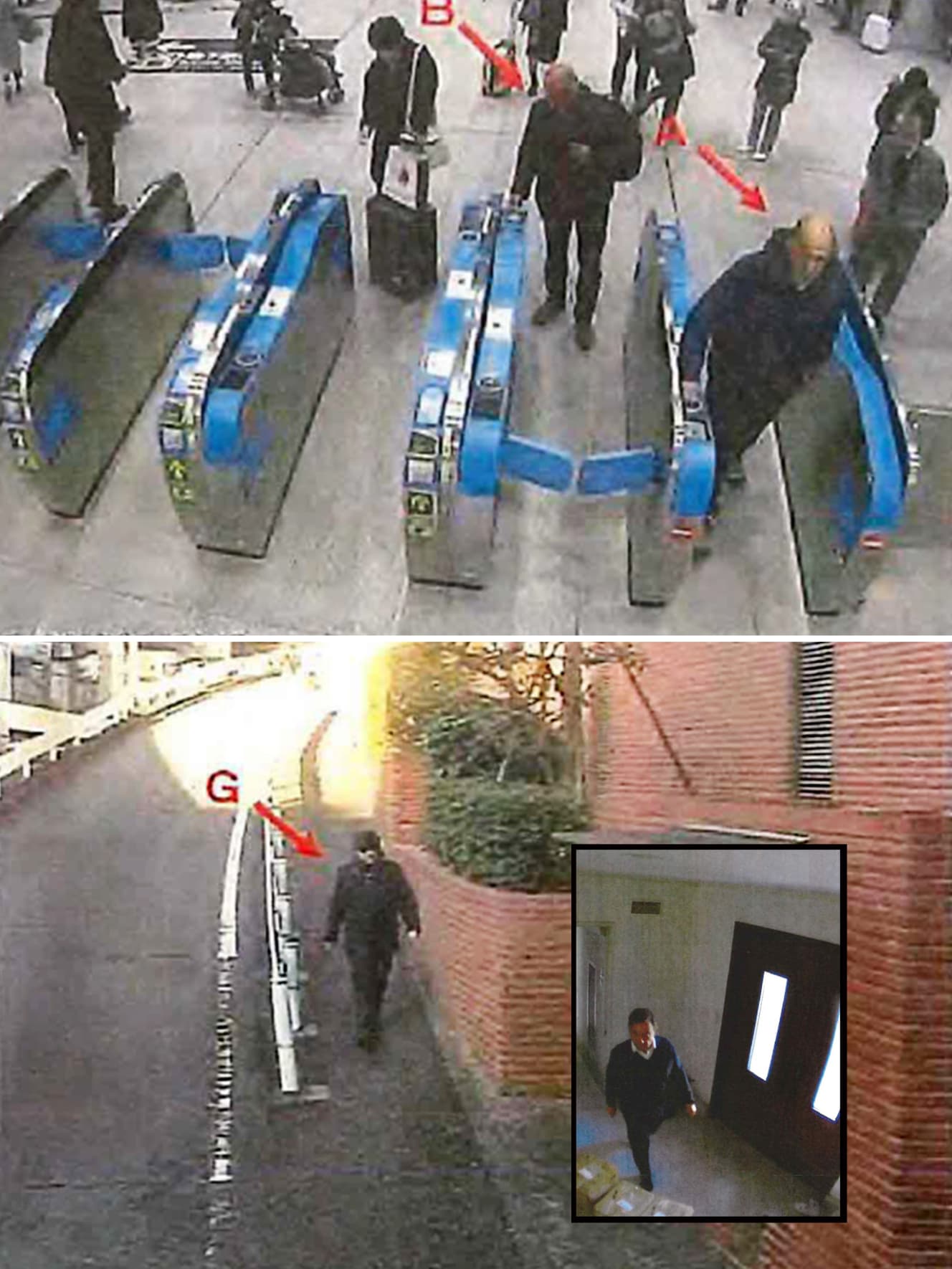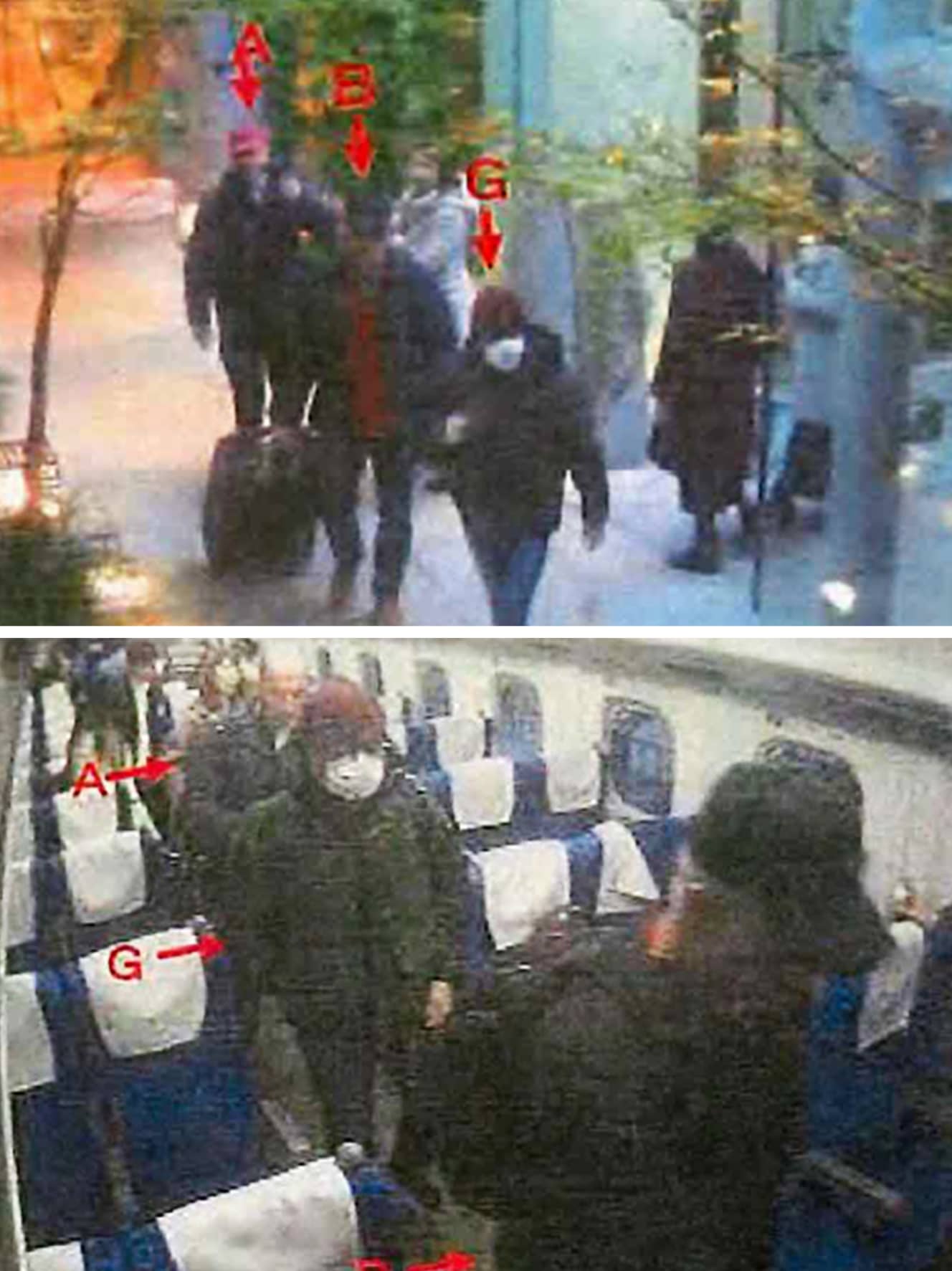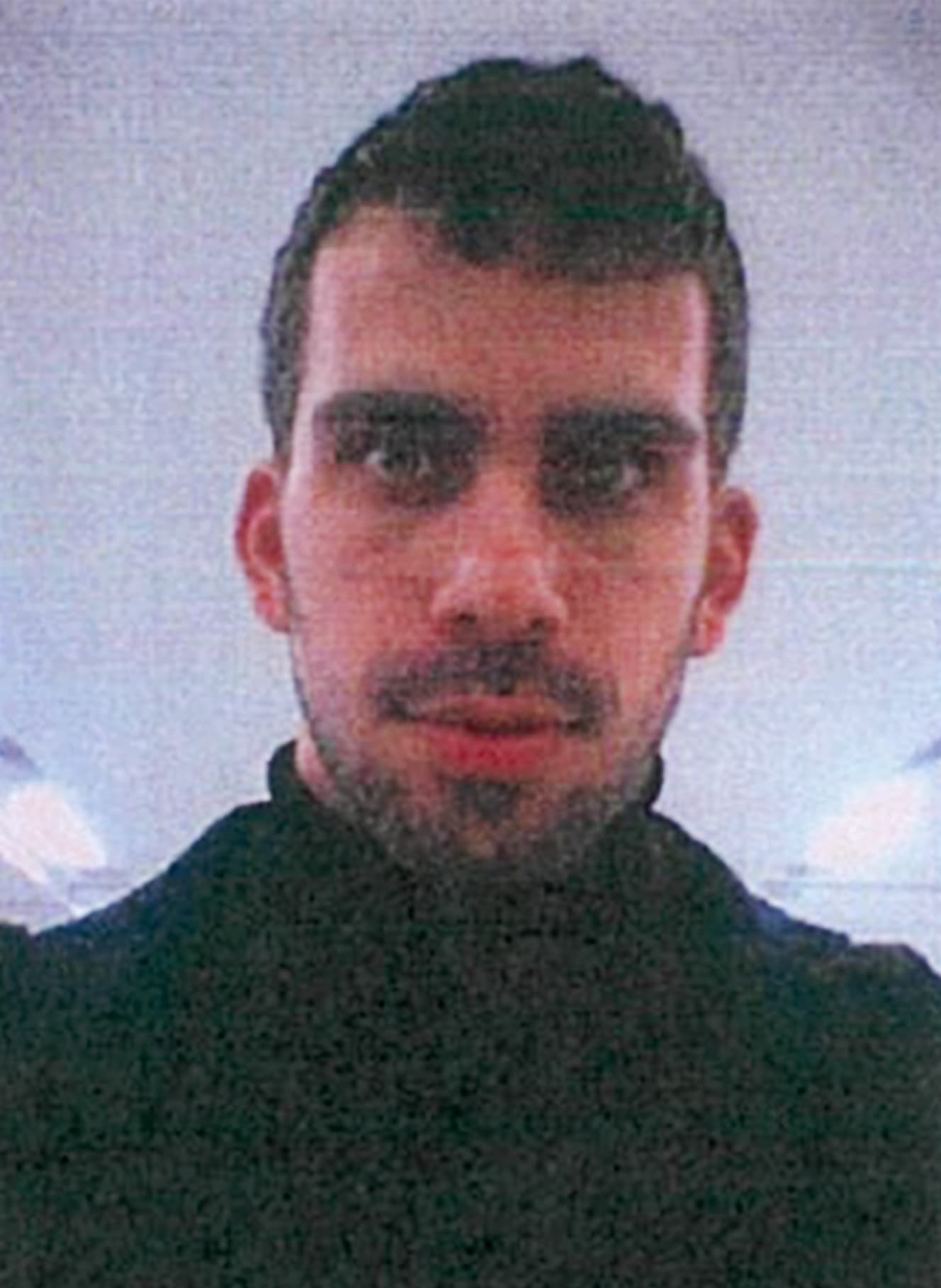Carlos Ghosn’s ‘Great Escape of the Century’ Revealed in Shocking Documents
December 29, 2007, from meeting with fugitive collaborators to Ghosn passing through the security checkpoint in a hidden acoustic case, images of every scene were left behind in court documents by the U.S. judicial authorities.
Carlos Ghosn’s (67) “Great Escape of the Century” is once again attracting attention.
In June this year, a documentary film made with the full cooperation of Carlos Ghosn was released, and in July, Michael Taylor, a former member of the U.S. Army Special Forces Green Beret who helped him escape, and his son Peter Taylor were sentenced to prison by the Tokyo District Court. An acquaintance of Ghosn’s tells us.

“The film, which premiered at a British film festival, was a heroic tale of Ghosn himself. The film, which was shown at a British film festival, was a heroic tale of Ghosn’s. Recently, Ghosn has been interviewed by a foreign journalist who is a close friend of his, and he has been talking about his escape with gusto.
In the midst of this situation, this magazine obtained important documents that could be called the “complete record” of Ghosn’s escape. From the meeting with the collaborators to passing through the security checkpoint in the acoustic case, …… is the place to go. The document, which contains images of every scene, is a genuine “investigation document” submitted by the Tokyo District Public Prosecutors Office to the U.S. judicial authorities.
“In May of last year, Taylor and his son were arrested in the United States. In May of last year, Taylor and his son were arrested in the U.S. In response, the Tokyo District Public Prosecutors Office submitted investigation materials to the U.S. judicial authorities in order to request their extradition. In the U.S., where people’s “right to know” is advanced, all court documents can be downloaded from the court’s website, and the documents in this case were uploaded. There is a fee of one dollar to view ten court documents, but there is no doubt that they can be viewed by anyone.
Let’s take a look at the “top-secret documents” obtained by this magazine and see how Ghosn escaped.
The following image (1) was taken on December 28, 2007, the day before Ghosn’s escape. It is an image from a security camera at the Grand Hyatt Tokyo in Roppongi, Tokyo. It clearly shows Peter Taylor, who had come to Japan before his father, and Ghosn coming out of a restaurant in the hotel. They probably had a final meeting about their escape.
The second image was taken on December 29, the day of the escape, and shows the two collaborators arriving at Kansai International Airport by private jet. According to the “statement” of the airport staff in the investigation documents, they said that they were “violinists who came to Japan for a concert by Taro Hakase. After leaving their luggage, including acoustic cases, at a hotel near Kansai International Airport, the two went from Shin-Osaka Station to Shinagawa Station by bullet train (image 3).
(4) shows Ghosn leaving the mansion he had rented in Azabu, Tokyo. According to what he told the foreign media, he tried to make it “a walk in the park as usual.
Image 5 shows him leaving the “Grand Hyatt” after meeting up with his fugitive collaborator. After that, she took the bullet train from Shinagawa Station to Shin-Osaka Station (image 6), and it was surreal to see her walking in the crowded train during the homecoming rush.
The drive recorder also shows Ghosn taking off his hat and mask in a cab after arriving at Shin-Osaka Station (Image 7).
Image 8 shows a fugitive collaborator carrying a sound case in a hotel near Kansai International Airport, in which Ghosn was hiding. And (9) is the scene where he passed through the security checkpoint at the airport, the highlight of his escape.
In the documentary film, it was said that Michael slipped through the security check by explaining to the airport staff that he didn’t want to get out of tune because it contained expensive musical instruments, but this seems to be a slight exaggeration. However, this seems to be a bit of an exaggeration. According to the statement of the security checkpoint staff, they had been informed that there was no need to check their baggage, so they did not go through metal detectors or X-rays.
Perhaps to facilitate his escape, another airport employee’s statement said that Michael suddenly visited the airport alone two hours before departure to check if there was a security check and if everything was in order. He also tried to hand over a tip of about one million yen, which was held in place with a hair band by the lounge staff. After 11:00 p.m. on the 29th, the private jet carrying Ghosn took off from Kansai International Airport to Turkey (image 10).
Facts are stranger than fiction. The whole story of the great escape, as recorded in the vast amount of investigative documents, was meticulously prepared and so bold that it was hard to believe it was real.
(1) December 28, 2007, 14:49, final meeting with the fugitive collaborator
At 10:41 a.m. on December 29, the fugitive collaborator arrived at Kansai International Airport.

(3) At 12:49 on the 29th, the collaborators left Shin-Osaka Station for Shinagawa Station.
At 2:33 p.m. on the 29th, Ghosn left his home.

5) At 16:12 on the 29th, he met up with his collaborator at a hotel
6) At 19:20 on the 29th, arrived at Shin-Osaka station by Shinkansen from Shinagawa station

⑦ At 19:58 on the 29th, I boarded a cab from Shin-Osaka Station.
(7) At 9:57 p.m. on the 29th, a collaborator carries a sound case from the hotel to the airport.

(9) At 22:23 on the 29th, the acoustic case containing Ghosn passed through the security checkpoint.
(10) At 23:04 on the 29th, a private jet takes off from Kansai International Airport.


From the September 17, 2021 issue of FRIDAY
PHOTO: Takero Kizuna (1st photo)
